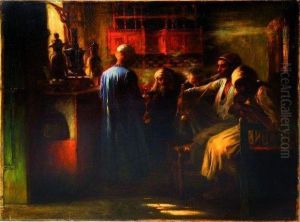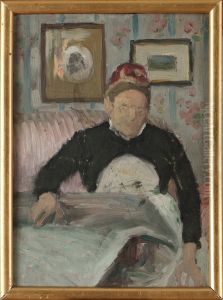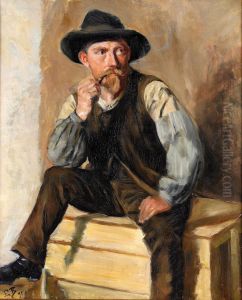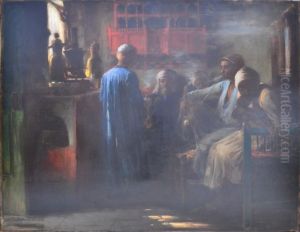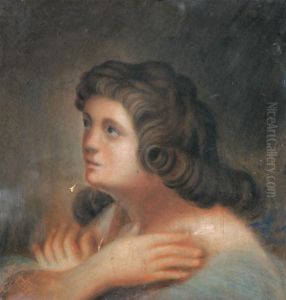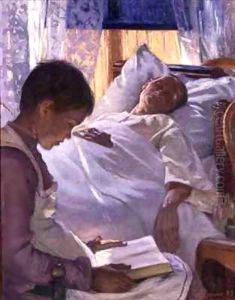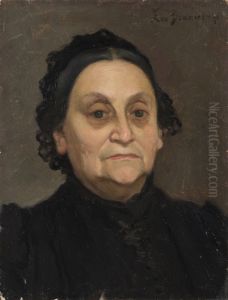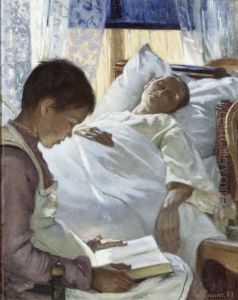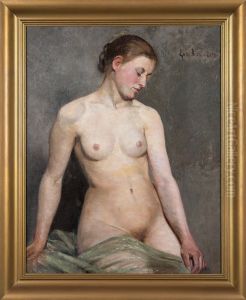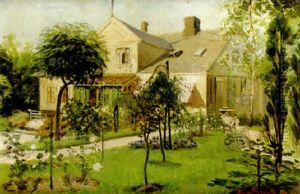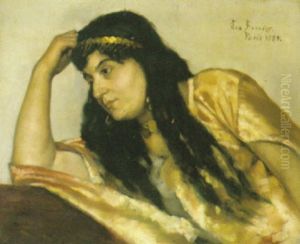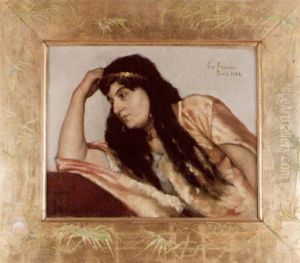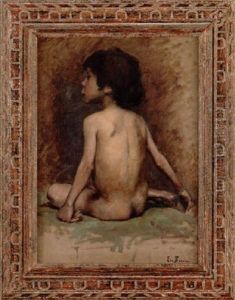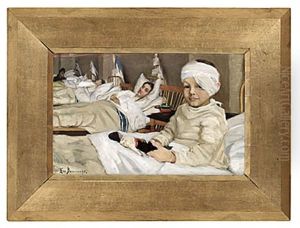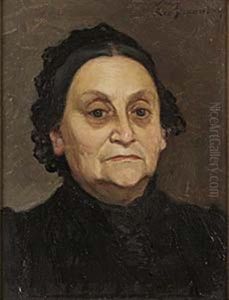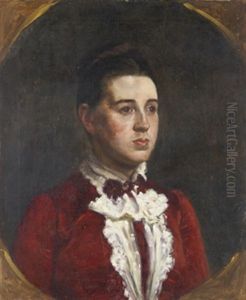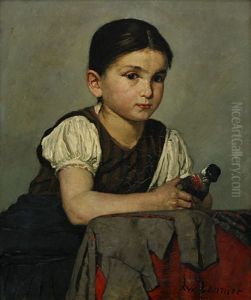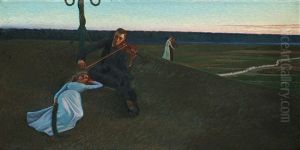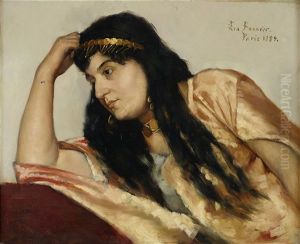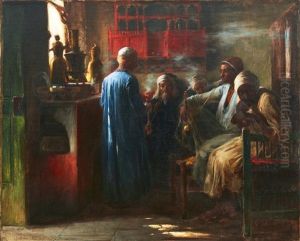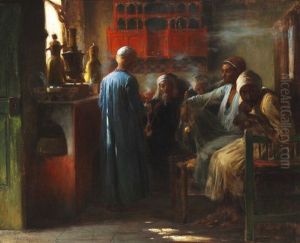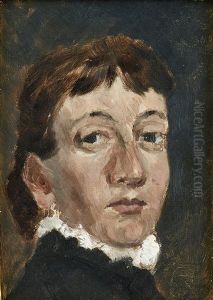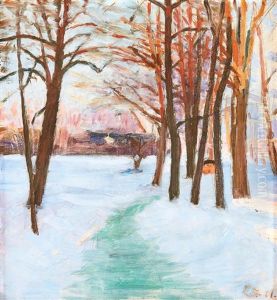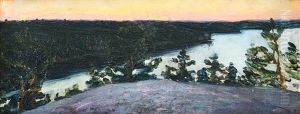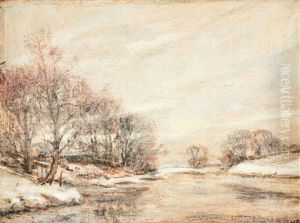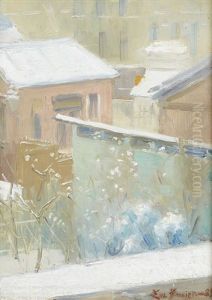Eva Bonnier Paintings
Eva Fredrika Bonnier was a Swedish painter and philanthropist born on November 17, 1857, in Stockholm. She was part of a prominent family; her father was a successful publisher and her brother Karl Otto Bonnier established the Bonnier publishing house, which is still significant in Sweden today. Eva Bonnier was raised in an environment that valued culture and education, which allowed her to pursue her interests in art from a young age.
Bonnier studied painting at the Royal Swedish Academy of Arts in Stockholm, which was a significant achievement at a time when women faced many barriers in the art world. After completing her studies in Sweden, she traveled extensively, studying and working in Paris with various artists including Pascal Dagnan-Bouveret and Jean-Léon Gérôme, who were both influential in her development as an artist. Her time in Paris was formative, and she became part of the city's vibrant art scene, immersing herself in the contemporary movements of the day.
Eva Bonnier's artistic style was influenced by the naturalism and realism popular in the late 19th century. She was known for her portraits, interior scenes, and landscapes, often imbued with a quiet, introspective mood. Her work was well-received, and she exhibited alongside other Scandinavian artists, contributing to the growing recognition of Nordic art during that period.
Despite her success, Bonnier struggled with personal issues that affected her career. Later in life, she turned away from painting, and her output diminished significantly. She never married and had no children, and after her death on January 13, 1909, she left a substantial part of her estate to charity. Her legacy includes the Eva Bonnier Donation Fund, which she established to support artists and art education. Today, Bonnier is remembered not only for her contributions to Swedish art but also for her philanthropy and the support she provided to the artistic community in Stockholm.
